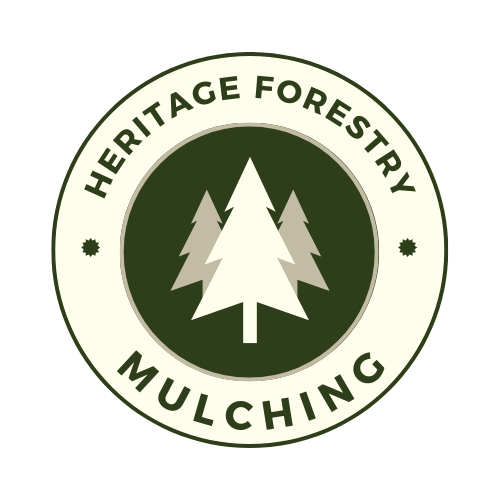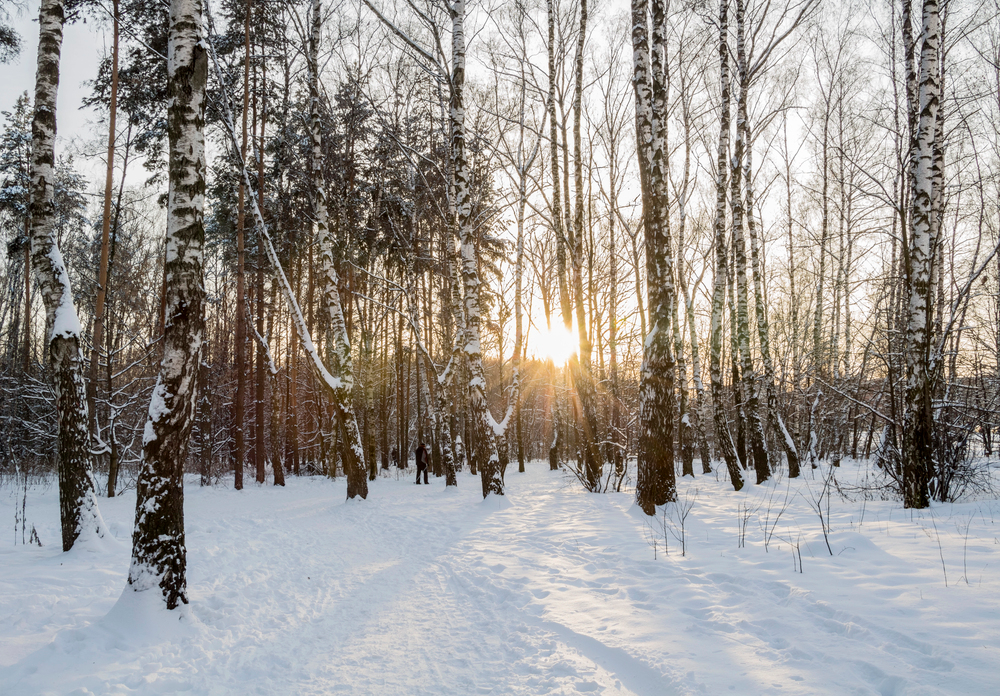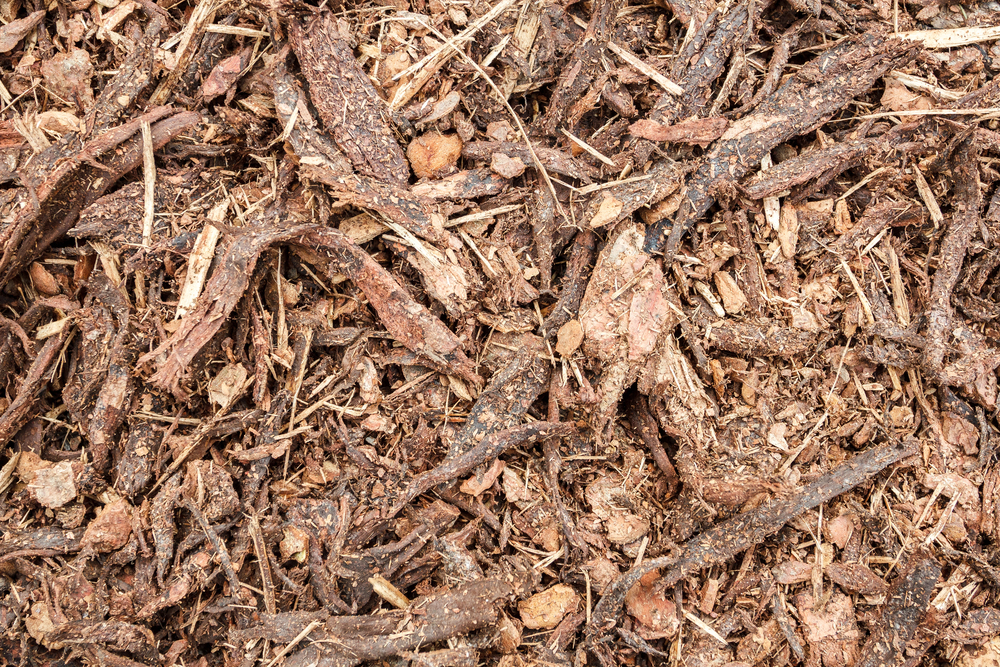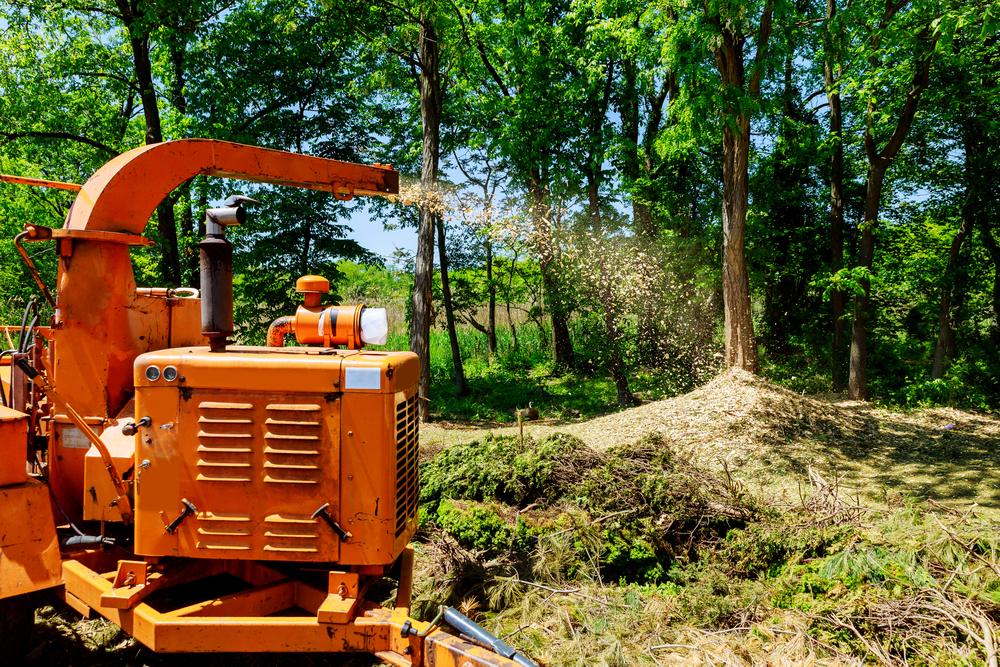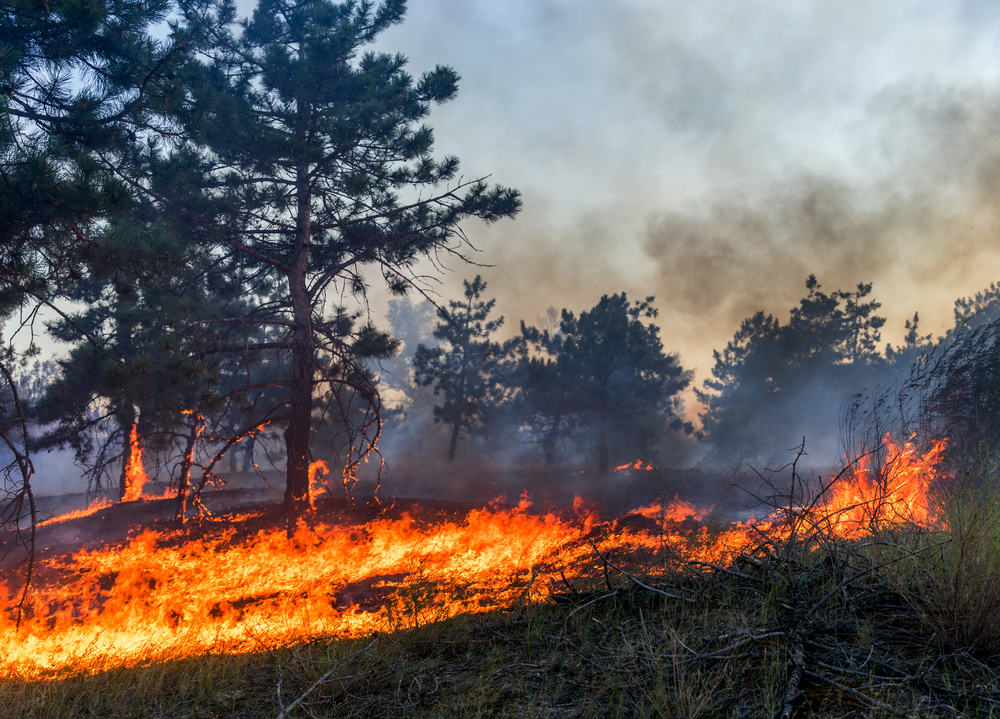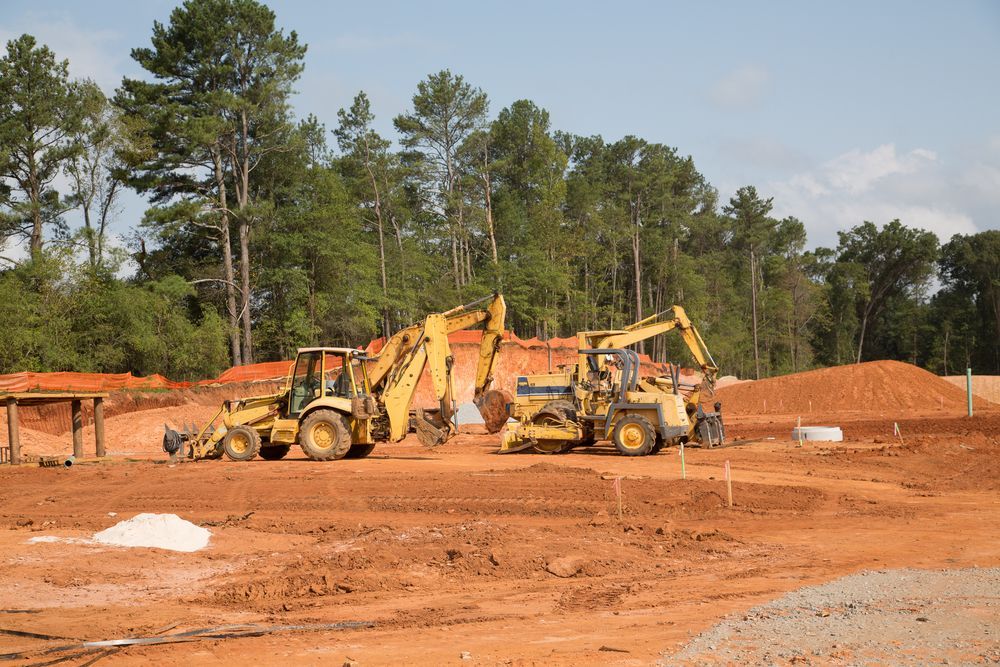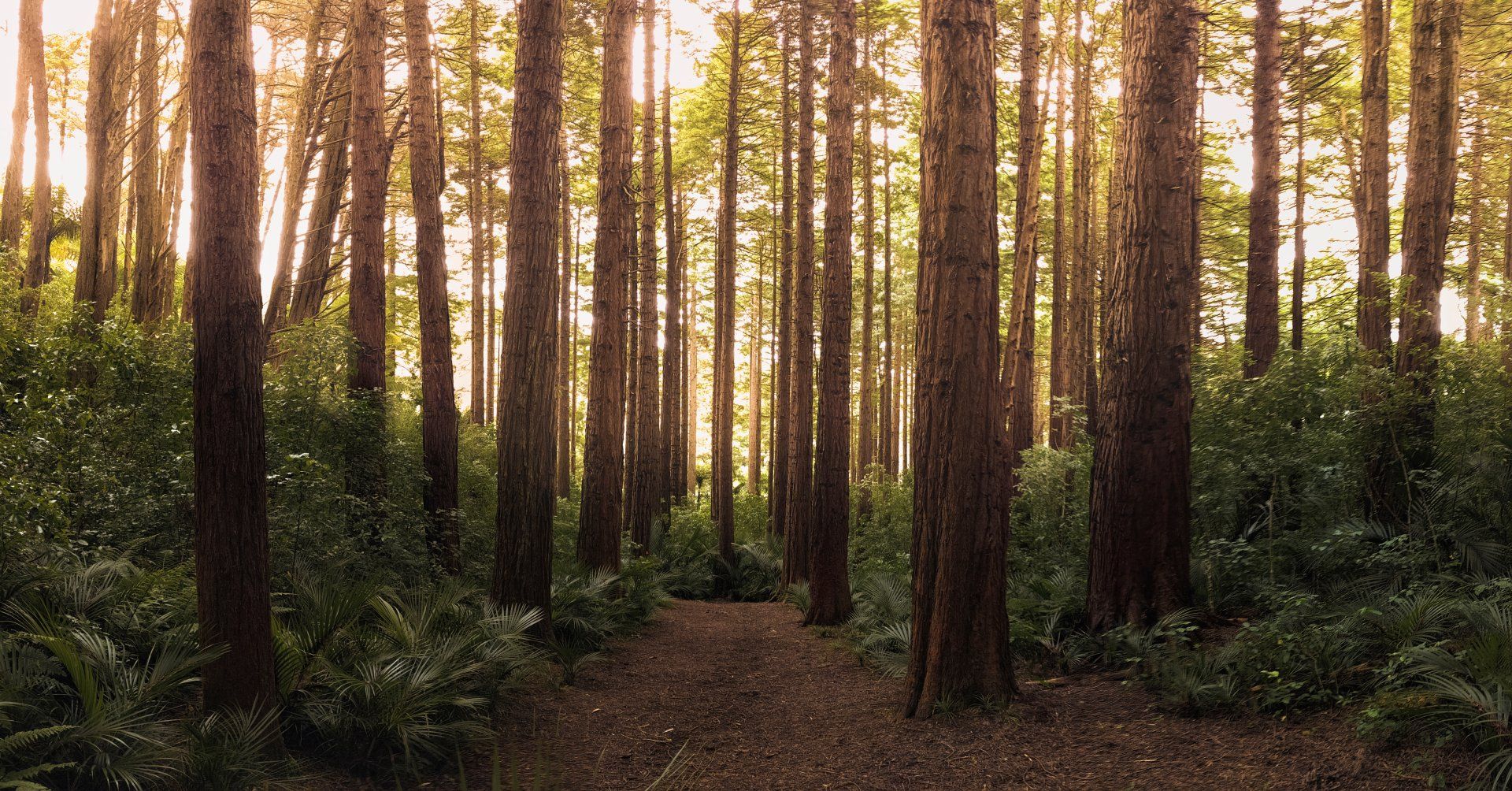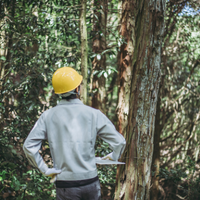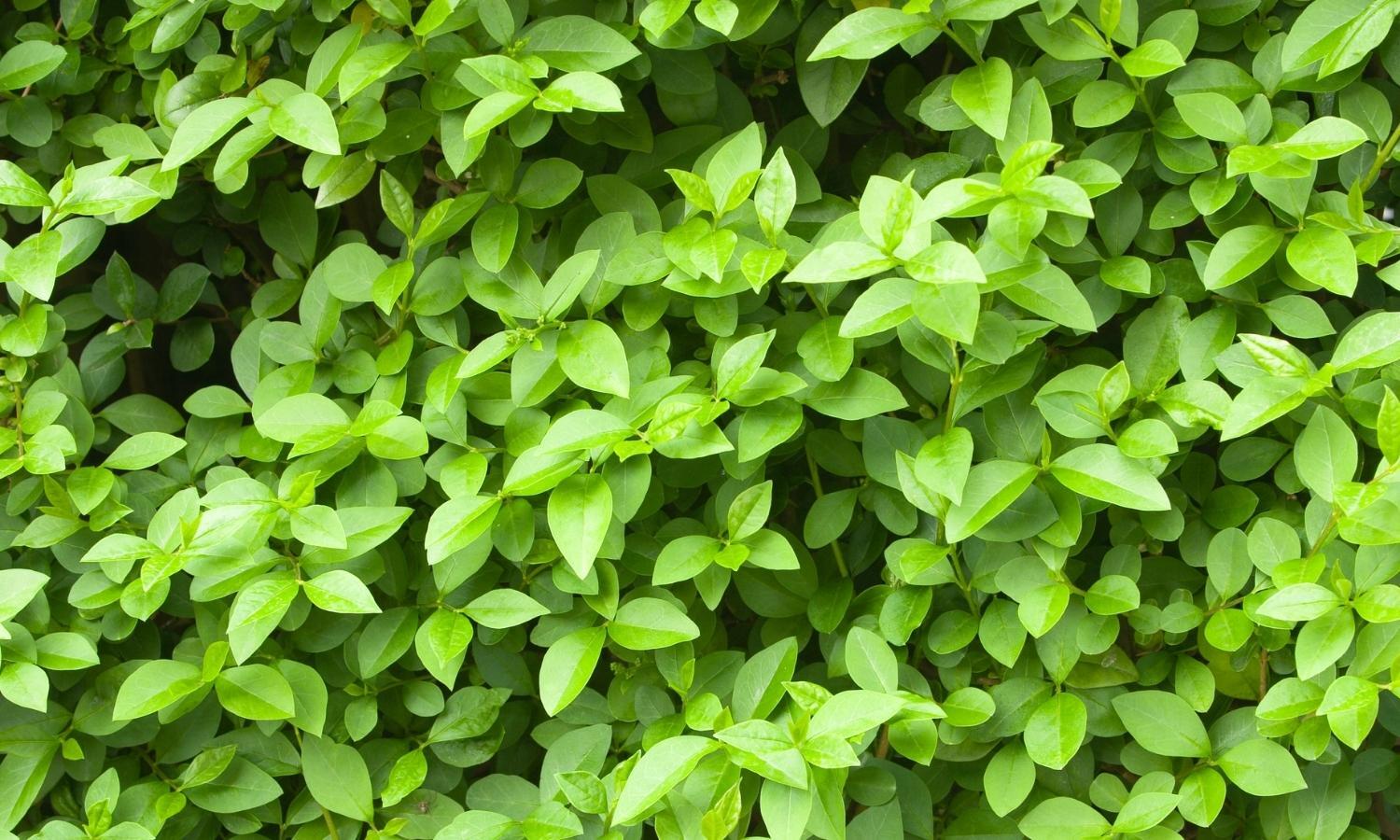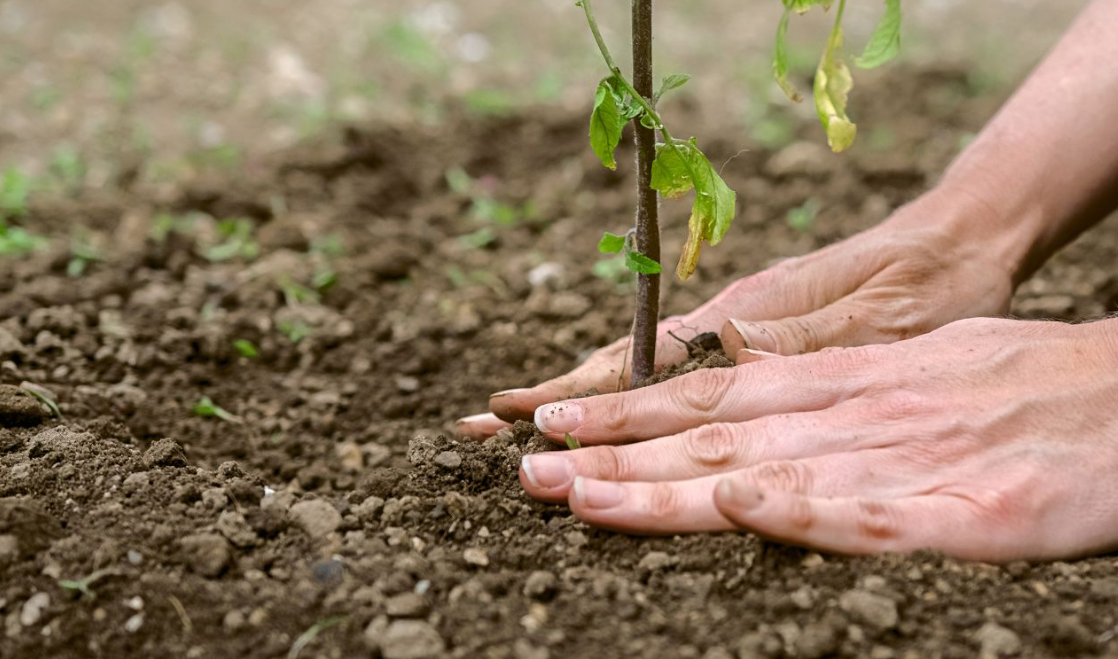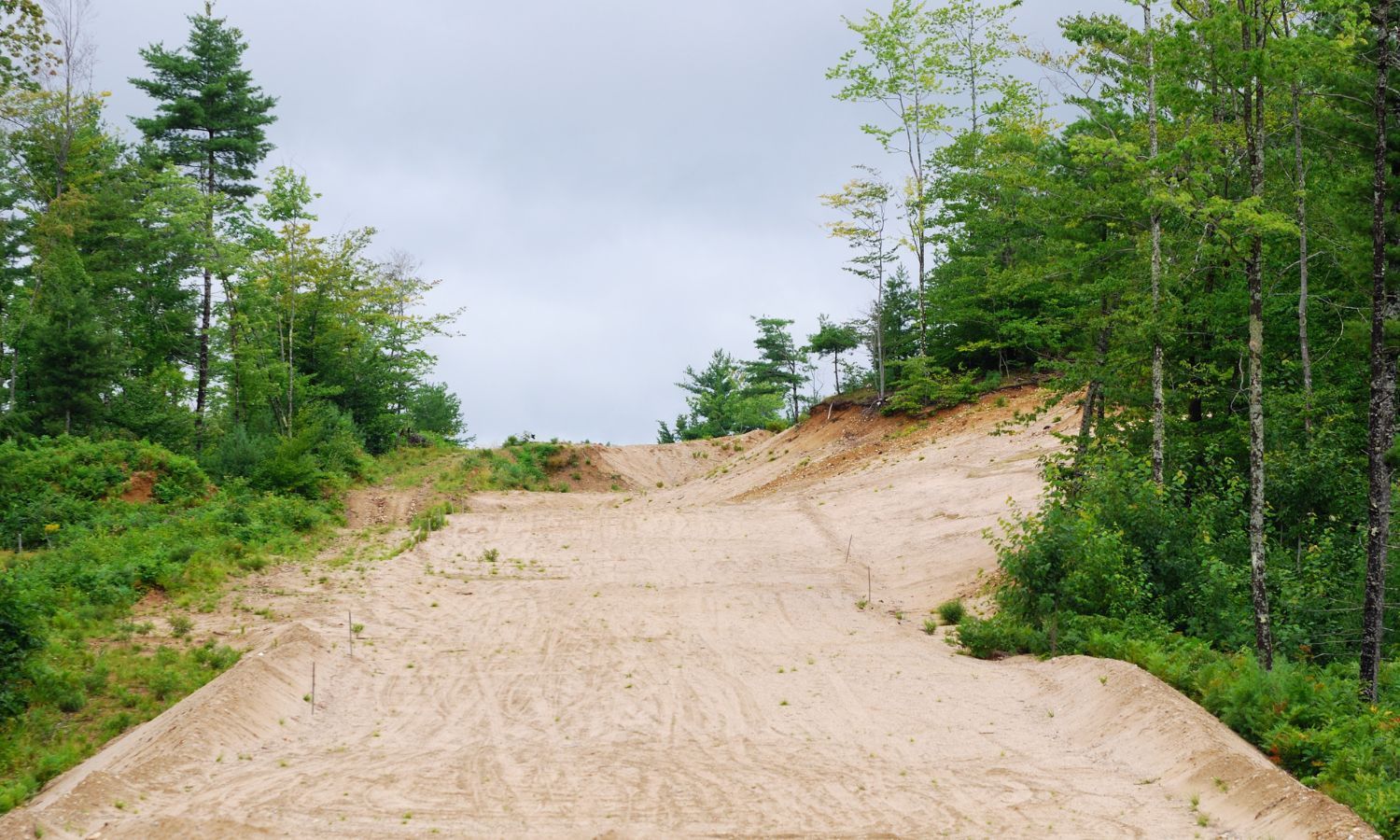How Tree Identification Services Can Save You Money
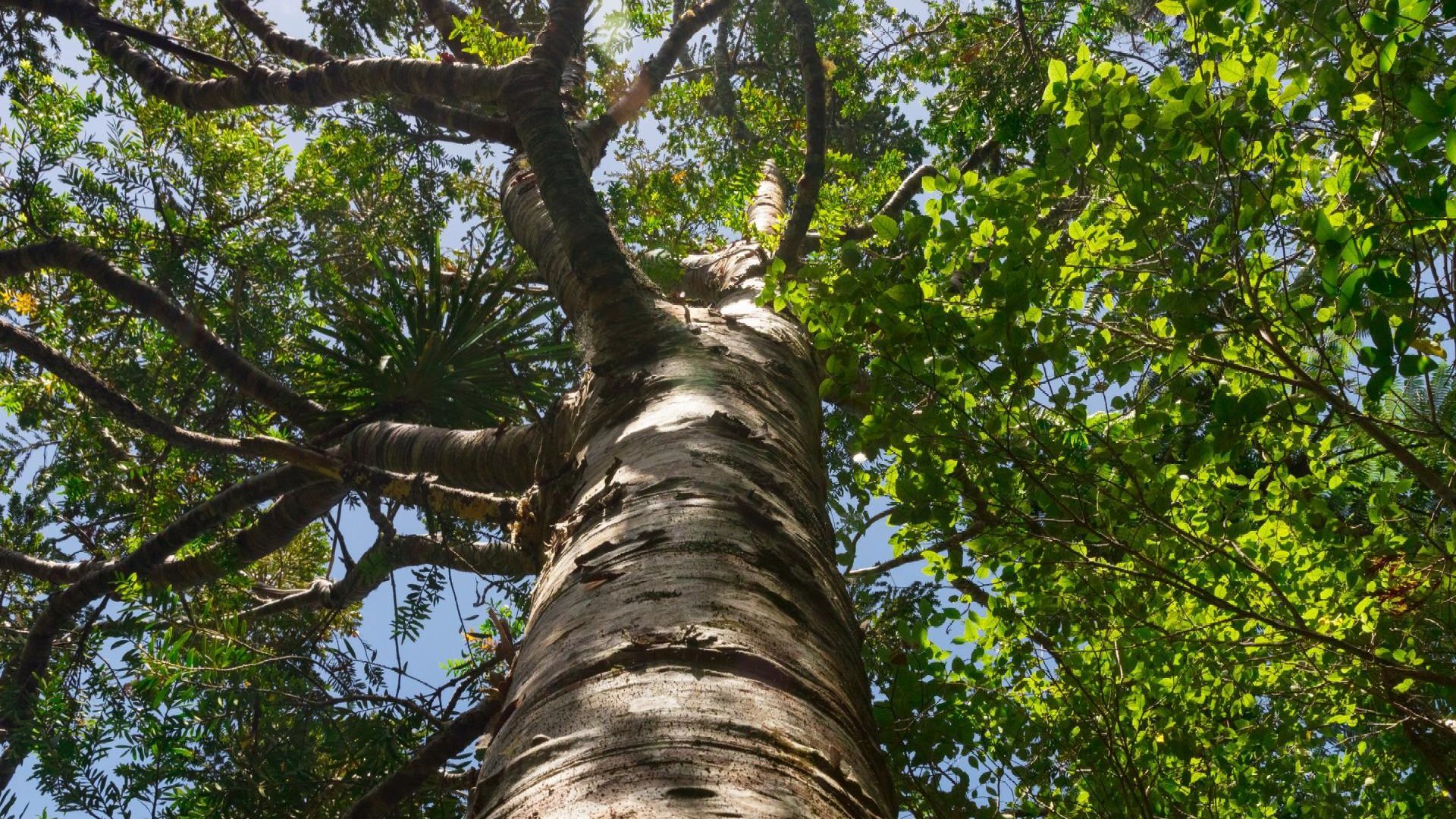
Trees bring beauty, shade, and value to your property, but not all trees are created equal. Some may boost the health of your landscape, while others could pose risks to structures, safety, or neighboring plants. This is where tree identification services can step in, potentially saving you substantial amounts of money. By understanding exactly what’s growing on your land, you can make smarter decisions that protect both your wallet and your environment.
Identify Problematic Trees Before They Cost You
One of the most immediate ways tree identification services can save you money is by flagging problematic species early on. For example, certain types of trees are prone to diseases, structural weaknesses, or aggressive root systems that can lead to costly property damage. Live oaks, with their massive roots, could crack driveways or foundations if they’re planted too close to your home. Similarly, a diseased tree like a decaying pine could become a safety hazard, toppling during a storm and damaging buildings, cars, or utility lines.
A professional tree identification service doesn’t just tell you the tree’s name; it assesses its associated risks. This insight helps you to take preventive measures, such as removing a weak tree, pruning unsafe limbs, or treating an infestation before it spirals out of control—which are far less expensive than addressing the damage after the fact.
Avoid Costly Landscaping Mistakes
Imagine spending thousands of dollars landscaping your property, only to see it ruined because you unknowingly selected the wrong type of tree. Trees grow at different rates, require specific soil conditions, and have varying moisture and sunlight needs. Planting tall species under power lines or choosing water-loving varieties in a dry yard can spell trouble down the line.
Tree identification services take the guesswork out of landscaping. Are you planting a fast-growing silver maple that could outgrow its space and disturb neighboring plants? Or is that tree in the back corner of your property a black walnut, which produces a natural toxin harmful to many common garden plants? By identifying tree species and providing tailored advice, these services make sure your landscaping thrives without unnecessary replacements or rehabs, saving you time and money.
Preserve Property Value
Your property is an investment, and the greenery surrounding it can significantly affect its resale value. Healthy, mature trees often increase curb appeal and property value, but an overgrown or poorly managed landscape can turn buyers away. Tree identification services can pinpoint trees that add the most value to your property while flagging those that are liabilities, such as pest-attracting species or trees at risk of falling.
For example, having a stately oak tree in your front yard may add thousands of dollars to your home's value. However, a dying tree that hasn’t been identified or treated could drag down the property’s appeal and even pose costly safety risks for potential buyers. By properly maintaining desirable trees and removing or replacing weaker ones, you can make your home more enticing to future buyers—all while avoiding high removal costs or fines for hazards.
Reduce Maintenance Costs
Not all trees require the same level of care, and neglecting specific tree requirements can inflate your annual landscaping costs. For example, an ornamental tree like a cherry may need seasonal pruning, while low-maintenance varieties like a ginkgo are more hands-off. Through tree identification, experts can guide you on how much maintenance your trees require and whether some are better candidates for removal or replacement.
Additionally, identifying invasive species can help protect your yard from aggressive spread and expensive interventions. A tree like the Bradford pear can overpopulate and choke out native plants, leading to an increase in the hours and budget required for yard management. Knowledge is power, and accurate identification can minimize long-term upkeep expenses.
Support Eco-Friendly Practices
You might not immediately think of environmental benefits as a cost-saving measure, but they can be. Tree identification services help you make eco-friendly choices by encouraging the preservation of native species that require less maintenance and are better suited to the local climate. Native trees tend to thrive with minimal watering or pesticides, which can lower your utility bills and spending on chemicals.
On the flip side, identifying non-native or invasive species in your yard can prevent ecological repercussions that are expensive to remedy. Kudzu or tree-of-heaven, for example, are notorious for spreading rapidly and outcompeting beneficial plants. By identifying and managing these invaders promptly, you can protect both the environment and your finances.
Extend the Lifespan of Trees Through Proactive Care
Sometimes, the simplest way to save money is by protecting the investments you already have. Mature trees take years to grow, and replacing one that has died can cost hundreds or even thousands of dollars. With tree identification services, you get an evaluation of your tree's health, growth habits, and risks, allowing you to take proactive steps to extend its lifespan.
Regular maintenance like soil improvement, proper watering, and pest management can keep your trees in optimal health. This reduces the likelihood of premature removal and spares you the costs of replanting.
The Bottom Line
Tree identification may not be the first thing that comes to mind when you think about saving money, but it has an undeniable impact in the long term. From flagging safety hazards to optimizing your landscaping investments, these services provide a level of expertise that goes far beyond simply naming a tree. They empower property owners to make informed, cost-effective decisions that protect their homes, landscaping, and wallets.
Hiring a
professional forestry service not only brings peace of mind but also makes sure you’re making decisions that align with your property's health, safety, and potential resale value. Whether you're managing a single-family residence or a larger commercial property, the benefits of tree identification ripple far into the future.
